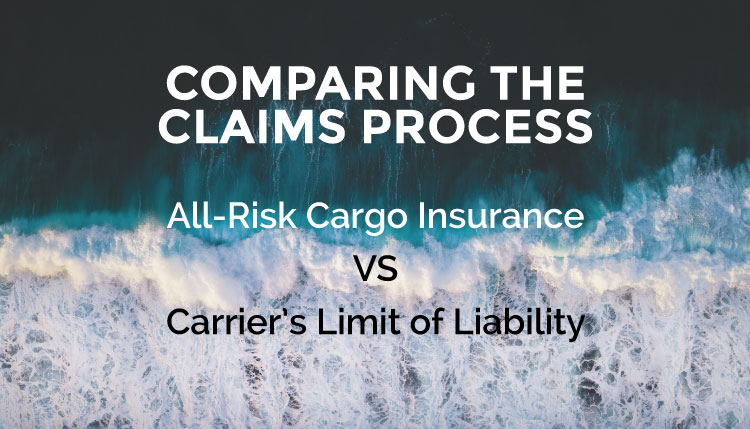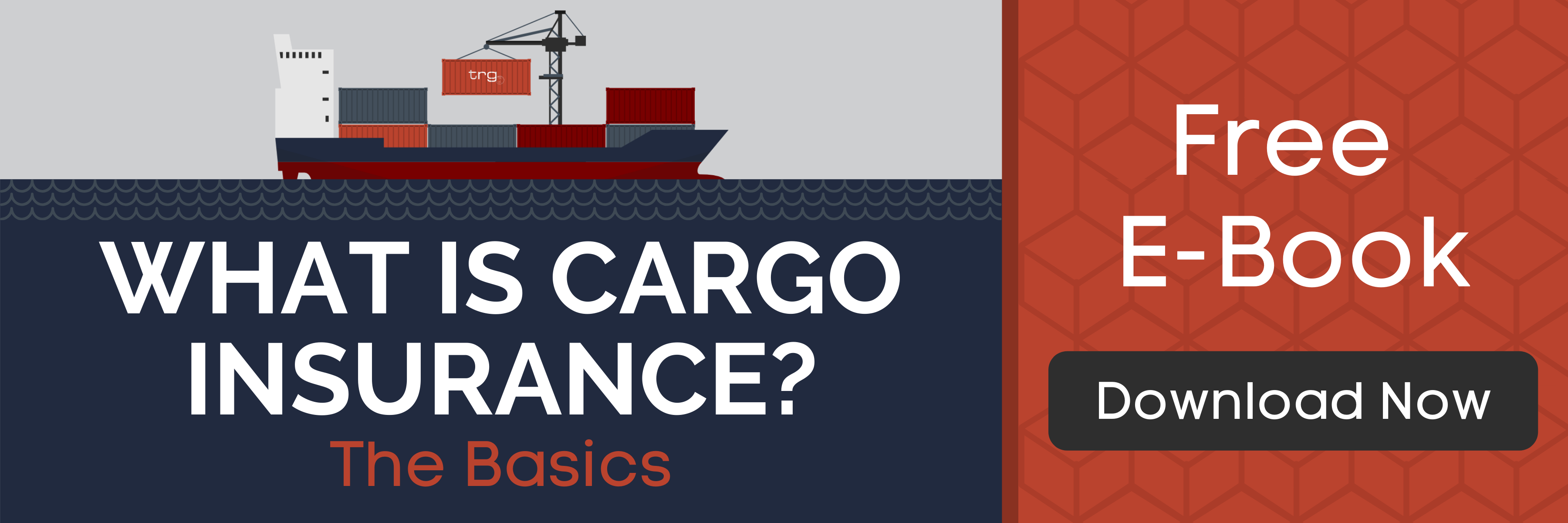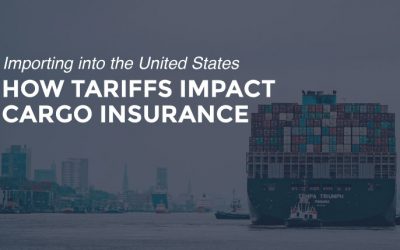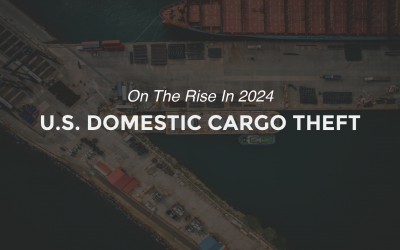Comparing the process of filing a claim with an annual cargo insurance policy versus when relying on the Carrier’s Limit of Liability can help importers choose the best option for them.
Experiencing a loss while your goods are in transit can be stressful enough, filing a claim should be easy. The process for filing a claim differs drastically depending on whether you have an all-risk cargo insurance policy or if you are relying solely on your Carrier’s Limit of Liability.
Understanding the differences in the claims process between the two can help you better understand how best to protect your company from a major loss while your goods are in transit.
Filing a Claim with Carrier Limit of Liability
If you are making a claim and your freight is only covered by carrier liability, the following points may be limitations you face during the claims process:
- Your claim must be filed within 9 months of delivery
- The delivery receipt has to include notice of damage
- Proof of value and loss is required
- Carrier’s have 30 days to acknowledge your claim and have to respond within 120 days
- Carrier negligence has to be proven
- Claim payments generally do not cover the loss experienced by the shipper
For a more detailed description of the claims process with your carrier, watch our video Filing A Claim with Your Carrier. Or watch the following video for more insight on filing a claim on your Carrier’s Limit of Liability.
Filing a Claim with an All-Risk Cargo Insurance Policy
If your shipment is covered by an all-risk cargo insurance policy, the following is true of your claims process:
- You are required to provide proof of value and loss
- Claims are typically paid within 30 days
- Claim payments cover all losses under the policy limit
- You are not required to prove carrier negligence
For a detailed look at the process of filing a claim with TRG’s, watch our video What is the TRG Marine Claims Process? for a step-by-step outline of the process.
The Advantages of Purchasing Marine Cargo Insurance
Unfortunately, many importers and exporters assume that their shipments are fully covered under the carrier’s liability and that the carrier will be held responsible since they were in physical possession of the goods when the loss or damage occurred. But as you can see from the details listed above, there is a significant difference between cargo insurance and the carrier’s liability.
Whether the accident was within the carrier’s control or not, uninsured importers are at risk of losing money if the cargo value exceeds the carrier’s reimbursement limits. The only way to ensure reimbursement for the full value of a lost or damaged shipment is to purchase cargo insurance.
Cargo insurance covers the loss, damage, or theft of commodities while in transit between the point of origin and the final destination, even if it is the carrier’s fault. The primary purpose of cargo insurance is to protect companies from suffering a loss.
A good exercise is to ask yourself “What happens if I lose my biggest shipment within the year?“. Can your business absorb that loss? To help you work through that question, check out our infographic linked above which will guide you through the thought process to answer that question.







